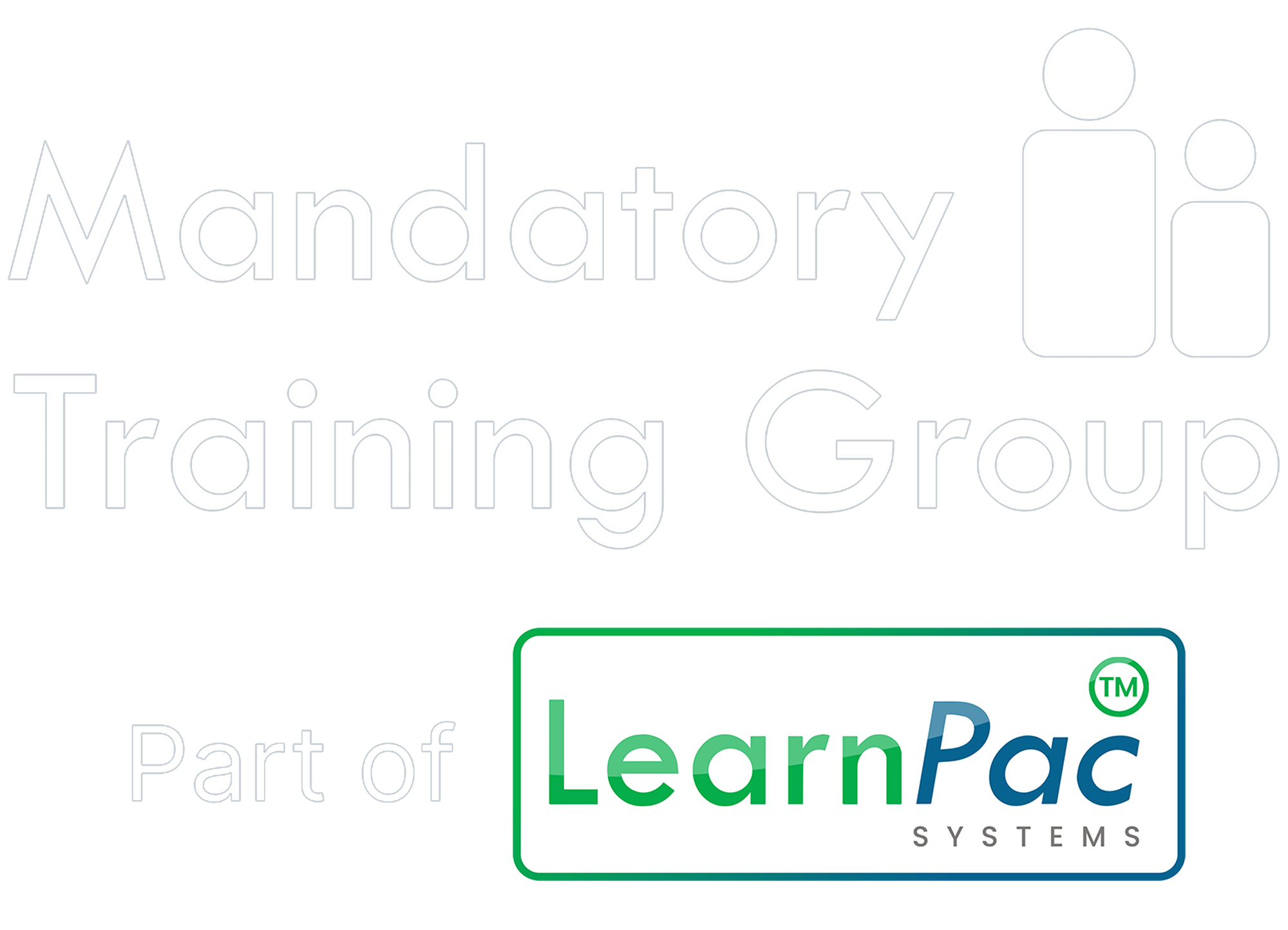You have no items in your shopping basket.
Key facts and statistics
Cardiac arrests occur suddenly and can happen to anyone at any time, affecting all ages across all locations. In the UK, there are over 30,000 out-of-hospital cardiac arrests (OHCA) annually where emergency medical services attempt resuscitation. However, the survival rate is less than 10%. This stark statistic highlights the necessity for widespread first aid training to improve outcomes.
Understanding cardiac arrest
A cardiac arrest happens when the heart suddenly stops pumping blood around the body, often due to an underlying heart condition. Unlike a heart attack, which is caused by blocked blood flow to the heart, a cardiac arrest is an electrical malfunction that stops the heartbeat, leading to unconsciousness and a lack of pulse and breathing.
Legislation and regulations
In the UK, the Health and Safety (First-Aid) Regulations 1981 mandate that employers ensure adequate and appropriate equipment, facilities, and personnel are available to provide immediate attention to employees who fall ill or are injured at work. This includes training employees in first aid to handle situations such as cardiac arrest.
Best practices in first aid for cardiac arrest
- Early recognition and call for help - Recognise the symptoms early, such as sudden collapse and unresponsiveness, and immediately call emergency services.
- Cardiopulmonary Resuscitation (CPR) - Start chest compressions immediately. Push hard and fast on the centre of the chest at a rate of 100 to 120 compressions per minute.
- Automated External Defibrillator (AED) - If available, use an AED as soon as possible. Modern AEDs provide clear instructions and are designed for public use.
Recommendations for effective first aid response
- Training - Regular first aid training and refresher courses for all employees, focusing on practical skills such as CPR and AED usage.
- Awareness campaigns - Conduct regular awareness campaigns within your organisation to highlight the importance of first aid readiness.
- Simulation drills - Organise simulation drills to enhance the effective response of employees during actual emergencies.
Conclusion
The low survival rate of cardiac arrests in the UK is a call to action for all of us. First aid training is not just a regulatory requirement but a moral obligation. We can save lives by equipping individuals with the knowledge and skills to respond effectively to cardiac arrests.
At The Mandatory Training Group, we offer comprehensive first aid courses that cover the essentials of cardiac arrest management, including CPR and AED training. Click here to enhance your team's ability to save lives by enrolling in our training today.
About the author
Rose Mabiza
Rose has dedicated over 15 years to improving health and social care quality through practice, targeted education and training. Her extensive experience includes working with older adults, individuals with mental health conditions, and people with autism and learning disabilities.




